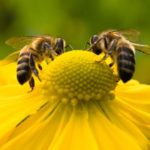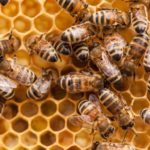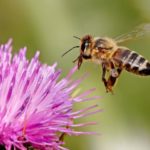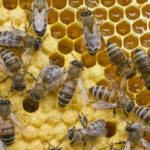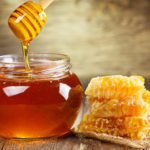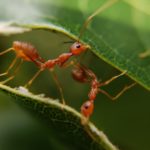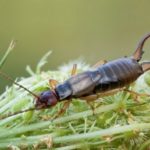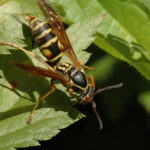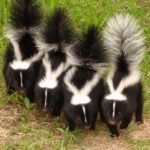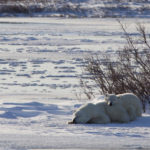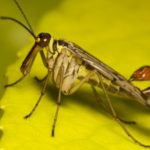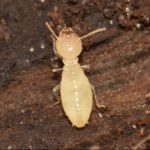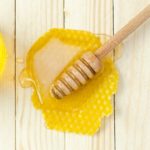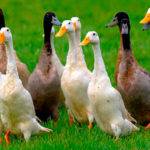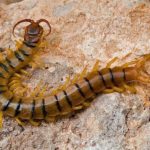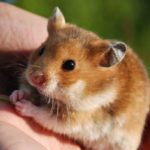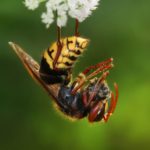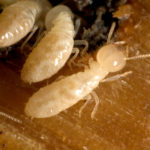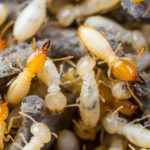Facts about honey bees
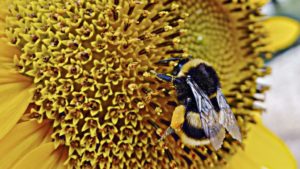 Honey is one of the greatest gifts of nature. It is believed that this is the only food product containing all the substances necessary for human life: a mixture of different sugars, salts and proteins. To create such a product is not at all easy: a whole colony of bees, tens of thousands of insects that feed on it, work tirelessly throughout the summer and use it to feed offspring.
Honey is one of the greatest gifts of nature. It is believed that this is the only food product containing all the substances necessary for human life: a mixture of different sugars, salts and proteins. To create such a product is not at all easy: a whole colony of bees, tens of thousands of insects that feed on it, work tirelessly throughout the summer and use it to feed offspring.
A colony of honey bees is called a family. The only female specimen – the queen (or queen) mates with dozens of male drones. She lays eggs, and behind the larvae work bees who can not reproduce, because the pheromones of the uterus make them infertile. Oviduct in working females turned into a stinging apparatus with a poisonous thorn. In case of danger, the bee sits a sting to the enemy and injects poison. If the sting is broken, then the insect dies.
The worker has no own needs, each individual lives and works for the benefit of the whole family. Working bees of one family are connected genetically and settle together. They recognize each other by the smell.
Growing up, the working bee begins its labor path as a cleaner or nanny, taking care of a new brood of larvae similar to worms. On the 10th day, working bees begin to build honeycombs from beeswax. In hexagonal cells there live little ones and honey is stored. On the 16th day the worker bee participates in the preparation of honey, and on the 20th she brings nectar and pollen – its main components. The bees collect the pollen in the baskets (grooves) on the legs, and the nectar is sucked into the inner pouch – crab. Flowers produce nectar to attract bees. Flying from flower to flower, bees carry pollen, which contains male germ cells of the plant.
Nectar and pollen are not searched by bees at random. A bee-spy, finding a source with enough nectar and pollen, hurries to the hive to report it with a special dance (photo left). Dancing bees excrete chemicals that attract other female workers. Through the dance, the scout transmits information about the location of the source of feed. If he is far away, she performs a wagging dance, if close – circular. On a direct run, the bee can run up or down the honeycombs, to the right or to the left. The direction is connected with the position of the sun in the sky. The frequency of wobble and the speed of the run show the distance to the source.

